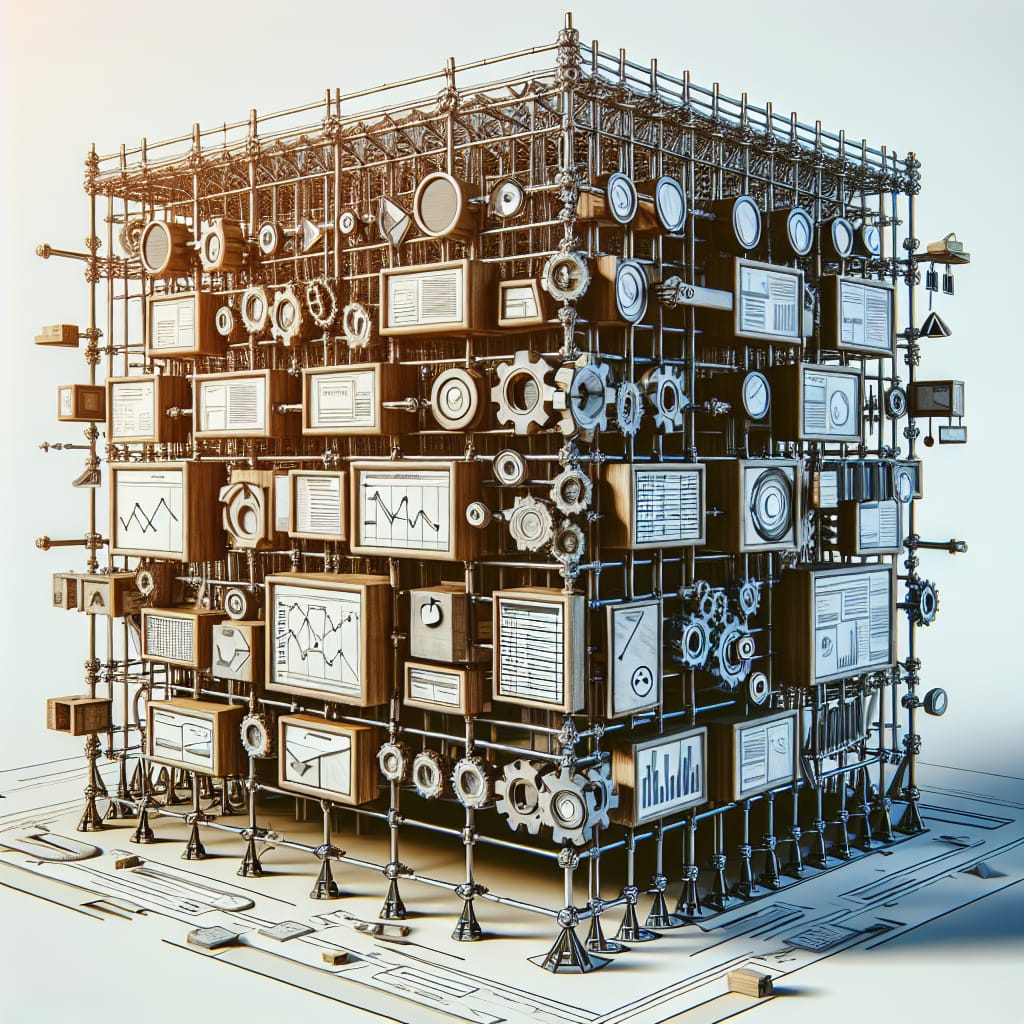I got a newsletter the other day that made me think (as I suppose is the purpose of most of these newsletters, right?). In it, Anne-Laure Le Cunff writes about using your voice to clarify and help produce thinking in ways that silent contemplation might not achieve. Essentially, she claims that talking to yourself helps you think clearly and understand what it is you are doing/what needs to be done more effectively than silent consideration of your to-do list or schedule. I’m all for talking to myself – I’m a pretty decent conversationalist when my audience is just me and I’ve begun doing this myself over the last few months for different purposes that I will attempt to codify and regularize in my daily routine. Mostly, what I’ve been doing is talking through my processes that I do irregularly or not very often (yearly, for example) so that I have a record of what it is I do when next I need to perform those processes. These range from setting up and managing a new director retreat for Kansas library directors to working through uploading new episodes of Ninjio to our LMS for our NEKLS librarians.
I use Tana to record and then transcribe those ramblings and I have a custom process that reads the transcription and pulls out enumerated steps for the process I’m describing as I do it. These steps are then used the next time I do that process to help me remember what it is I need to do – basically I’m self-documenting as I go.
However, I also tend to use voice memos when I’m otherwise busy (driving, walking, reading) to remember quick things and to set up future to-dos. On my way back from the Leadership Institute a couple of weeks ago, I dictated a few notes of things I wanted to remember and follow up on based on some coaching/mentoring conversations I’d had with a few of the fellows at the Institute. Those points were then transcribed to my Tana inbox, where I stuck a Task supertag on them and gave them a due date and they’ll pop back up in my daily calendar/to-do list on the appropriate date in a week or two.
Since reading Anne-Laure’s blog post about using your voice to help with thinking, however, I intend to do even more voice memos, process transcriptions, and general thinking aloud while my phone sits next to me, faithfully recording every um, uh, like, and so that I say (and I say those a lot – sorry about that to anyone who has to listen to me think aloud…). You might want to give it a try too – even if you don’t have a Tana subscription, many chatbots can transcribe voice (and some are purpose built for it, like Otter.ai) and give you a very good set of words to use in your work!
And yes, I did tap my Tana Capture voice memo button on the home screen of my phone and dictate in a “hey, write a blog post about voice capture and Anne-Laure’s newsletter” with some other thoughts about how the post might go. And those thoughts are now immortalized (ha!) on my blog for posterity… 😉

